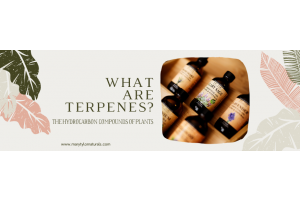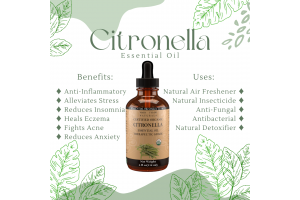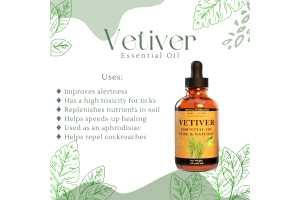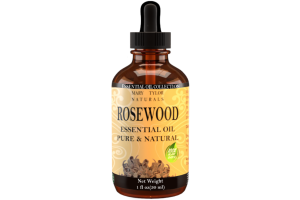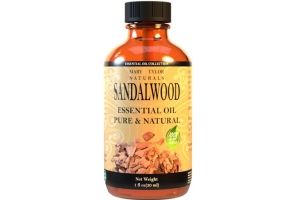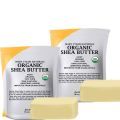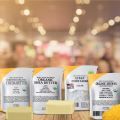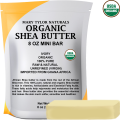Is Tanning Safe? The Truth about Tanning Beds, Spray Tans and the Sun's UV Light
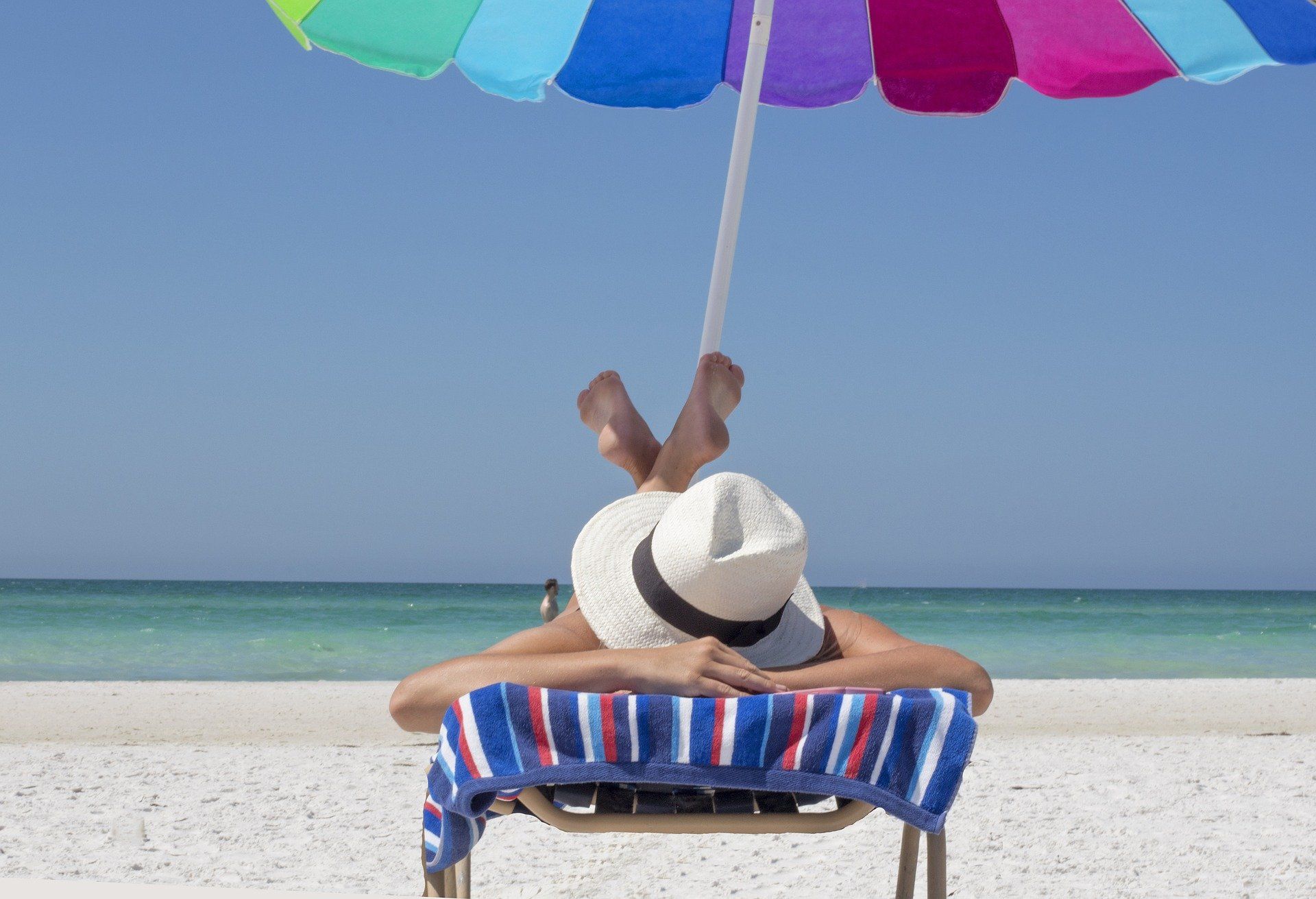
Is Tanning Safe?
Tanning has become a popular activity in the modern age. People claim that tanning is “addictive” and that’s why a large number of gyms in the United States have tanning booths in their facilities. Tanning salons can be easily found in virtually every city despite the claims that tanning is dangerous. This article will discuss the pros and cons of tanning and allow you to make an educated choice as to whether tanning can benefit your holistic lifestyle.
Types of Tanning
Sunbathing
Sunbathing is tanning the natural way, which is simply laying in the sun and soaking up the rays of warmth and light.
Tanning Bed
Tanning beds (also referred to as sunbeds or solariums) are machines which artificially emit the sun's ultraviolet (UV) rays via special bulbs.
Spray Tan
Spray tans are a process by which one can get the look of a tan by being sprayed with a color darkening solution that contains an ingredient called dihydroxyacetone (DHA) which creates a tan appearance.
Tanning Lotion
Tanning lotions are cosmetic products used to make the skin appear bronzed.
Important Information
Exposure to UV rays helps your body produce Vitamin D. 5-10 minutes of sun exposure 2-3 times a week is enough to help your body make Vitamin D. Both natural sunlight and tanning beds emit UV rays, whereas tanning lotions and spray tans do not promote the body’s Vitamin D production.
UV rays used in sunbeds are up to six times more intense than direct sunlight. 5 minutes in a sunbed compares to about 1 hour in direct sunlight. Which can save you time and get you the full benefits of the sun in a shorter time period, however, it also increases your risks of the negative effects caused by overexposure to UV light.
Ultraviolet light (UVR) is the light produced from the sun, which is comprised of different “rays” referred to as ultraviolet A (UVA) and ultraviolet B (UVB). UVA rays are primarily responsible for skin damage. UVB rays are more intense than UVA rays and are what causes sunburn.
Excessive exposure to any form of UV light, natural sunbathing and tanning beds alike, can damage the skin and increase skin cancer risks.
However, in moderation, appropriate exposure to UV light can have benefits as well.
UV light exposure has been researched to promote relief of chronic pain, depression, anxiety and has been shown to be an effective treatment against seasonal affective disorder (SAD).
Sunlight also helps regulate the body’s natural circadian rhythm by reacting to light stimuli that tells the pituitary and pineal glands to produce appropriate hormones at the correct times. Circadian rhythm refers to the biological processes that are 24-hour cycles in the body to modulate temperature, hormones, sleep, wakefulness, metabolism, cognitive performance and countless other physiological functions.
For example, sun exposure during the day helps promote the cortisol waking response and using lower lights in the evening can help the body understand it is time to produce sleep inducing hormones such as melatonin.
Perhaps the reason tanning is so addictive is because humans are “solar powered” and we, just like the plants, can gain energy and healing from the sun.
Natural Tanning Tips
If you want to tan the natural way by sunbathing, be sure you are using adequate sun protection and not overexposing yourself to UV light. The sun is a wonderful part of life, it should be enjoyed in safe moderation with proper clothing, hydration and skin care. Avoiding over-exposure to direct sunlight and wearing proper skin protection such as sunscreen should be the first steps you take to avoid sunburns. Avoiding sunlight during the hours where the UV rays are the most dangerous (such as midday-afternoon) is also beneficial. People with fair skin should use extra caution in the sun and should use a sunscreen with an SPF of at least 30.
When you choose a sunscreen be sure you are not adding toxins onto your skin. It is recommended to choose a brand that has natural ingredients, or you can make your own using the recipe below.
Holistic Sunscreen
Ingredients:
6 teaspoons Shea Butter
8 teaspoons of zinc oxide powder
12 teaspoons of carrier oil of choice
6 teaspoons of Vitamin E oil
6 teaspoons of beeswax pellets
Method:
Melt shea butter and beeswax in double boiling pot on stove top.
Once melted, mix in the carrier oil and vitamin E oil.
Stir until blended.
Carefully mix in the zinc oxide powder. (It is recommended you wear a mask that covers your mouth and nose to avoid breathing in the powder)
Mix thoroughly until all ingredients have blended.
Allow to mixture to cool.
Pour mixture into glass container.
Store in a cool, dry place away from kids and pets.
To Use:
Apply a generous amount to areas which will be exposed to sunlight. Careful to avoid getting into eyes or mouth. Reapply as needed after swimming or excess sweating.
Tanning Bed Tips
If you are using a tanning bed, use the following rules.
- Choose a safe, sanitary tanning salon. Cleaning procedures should be at the forefront of the salon’s safety practices. If you see grime or build up on the tanning bed glass, do not enter that sunbed.
- Wear eye protection at all times while tanning.
- Limit your tanning experience to a max of 12 minutes a day per 24 hours.
- Wear appropriate sunscreen.
Spray Tanning Tips
For spray tans at a salon, be sure to ask about the safety of the ingredients in the tanning solution, or you could make your own self tanner with this recipe.
Holistic Self Tanner
Ingredients:
¼ Cup Mineral Oil
5- 15 Teaspoons of Organic Cocoa Powder
1 Teaspoon Vitamin E Oil
Method:
Add mineral oil and Vitamin E oil into bowl and stir.
Slowly sprinkle in the cocoa powder until desired darkness is achieved.
Mix ingredients together until fully blended.
Pour mixture into spray bottle or glass jar if you prefer.
To Use:
Apply to skin for a sunless bronzed appearance.
Additional Information
The suggestion that tanning solutions lotions which contain tyrosine make tanning more effective are false. Tyrosine is an amino acid found naturally in the human body. This amino acid is processed by an enyzme called tryosinase that is formed by melanocytes, which are skin cells. When your skin is exposed to UV light, tyrosine gets converted into a chemical called DOPA. The DOPA in your body then reacts to another compound called Dopaquinone, which in turn forms the different types of melanin, the chemical which darkens skin.
Lathering a lotion containing tyrosine on your skin will not make it bioavailable in your body in the same way tyrosine is processed naturally and will not increase your tanning ability. If you do not tan in the sun, you will not tan in a tanning bed. Keep in mind your risk for sunburn is increased in a sunbed, because the UV light is ultra-concentrated.
When it comes to sun exposure, moderation is key! Whether you choose natural sunbathing or use a tanning bed, remember that excessive exposure to any form of UV light, natural sunbathing and tanning beds alike, can damage the skin and increase skin cancer risks.
To learn more about how to live a holistic lifestyle in a fun, easy way, listen to our Podcast- Holistic Humor hosted by Mary Tylor’s experts- Bryan and Win, available on Spotify, Google Podcasts, Apple and Anchor.fm!
Sources:
A Review of Common Tanning Methods
https://www.ncbi.nlm.nih.gov/pmc/articles/PMC4345932/
Bright Ideas for Treating the Winter Blueshttps://www.wsj.com/articles/SB10001424052748703300504574567881192085174
What is Circadian Rhythm Dosing?
https://adrenalalternatives.com/2021/05/29/what-is-circadian-rhythm-dosing/
Minutes On A Sunbed Compared To Sunbathing Time
https://haieurope.org/sunbed-vs-sunbathing-time-comparison/


